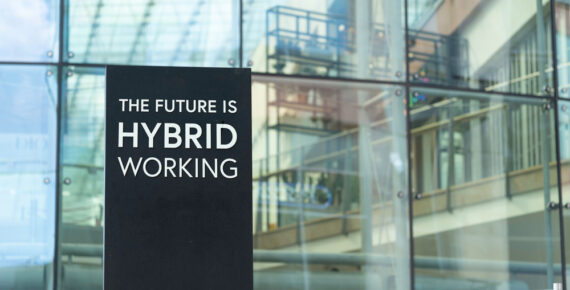
Embracing Remote Coworking for Business Agility
In the current business landscape, remote coworking companies have emerged as an adaptable solution to the evolving space requirements for remote teams navigating growth and downsizing. These adaptable workspaces offer scalable and cost-efficient environments that support changing needs in an uncertain economy.
From Workspace Hollywood to Reality: Shape-Shifting Business Solutions
Like a movie director selecting the perfect backdrop for their blockbuster film, remote businesses often seek a workspace on demand. Much like the fluid abilities of the T-1000 in Terminator 2: Judgment Day, spatial coworking morphs to match business needs. These environments offer the flexibility to scale with the precision of a Hollywood production—truly, a workspace Hollywood made real.
Flexibility Fuels Growth
One of the major advantages of coworking operations is flexibility—particularly beneficial to businesses experiencing growth spurts. Unlike fixed leases, coworking memberships allow seamless transitions between office sizes. For startups and growing teams, on demand workspace translates into quick scaling without long-term commitment headaches.
Scaling Without Relocation Hassles
A small team may begin with a compact office. As growth continues, they can easily expand into adjacent spaces within the same spatial coworking community. This makes it possible to scale without traditional relocation burdens, aligning with the needs of adaptable professionals.
Cost-Efficient Strategies for Growing Companies
Traditional office leases come with high setup costs—deposits, utilities, furnishings. Remote coworking flips this model. With fully equipped offices and flexible access, businesses can reduce upfront costs and reinvest savings into tech, talent, and product development, supporting long-term growth.
Lean Models for Lean Times
Coworking operations typically function on a pay-as-you-go basis, enabling businesses to adjust desk count as needed. This keeps financial planning lean and adaptive—particularly useful for businesses in flux or downsizing mode.
The Future of Workspace Design
Research indicates tha 50% of global companies will require less physical office space in the coming years. The demand for workspace on demand and adaptable workspaces will continue to rise. The coworking industry is ready—with open-plan zones, private offices, and flexible layouts built for ever-shifting team dynamics.
Supporting Focus and Teamwork Simultaneously
When collaboration is needed, open areas spark creativity. When quiet is critical, private zones help staff stay focused. The smooth flow between both modes within the same space is a hallmark of evolved coworking operations.
Beyond Space: A Thriving Ecosystem
Modern spatial coworking goes beyond layout—it fosters idea-sharing, partnerships, and organic networking. For adaptable professionals, this environment becomes a hub of creativity, connection, and innovation. It’s not just a place to work, but a place to grow.
How Big Is the Global Impact?
Curious about how many coworking spaces in the world? The number continues to grow rapidly, reflecting the global appetite for flexibility and adaptability. Businesses across sectors are tapping into the benefits of evolve coworking culture.
Coworking Without Borders
Many remote coworking communities boast global networks, enabling businesses to expand their reach and talent pool without physical relocation. This level of agility supports everything from local startups to global teams.
The Culture of Adaptability
By leveraging the advantages of adaptable workspaces, businesses don’t just meet today’s space demands—they build a resilient future. In a world that rewards agility, evolve coworking environments enable businesses to thrive, no matter the terrain.







